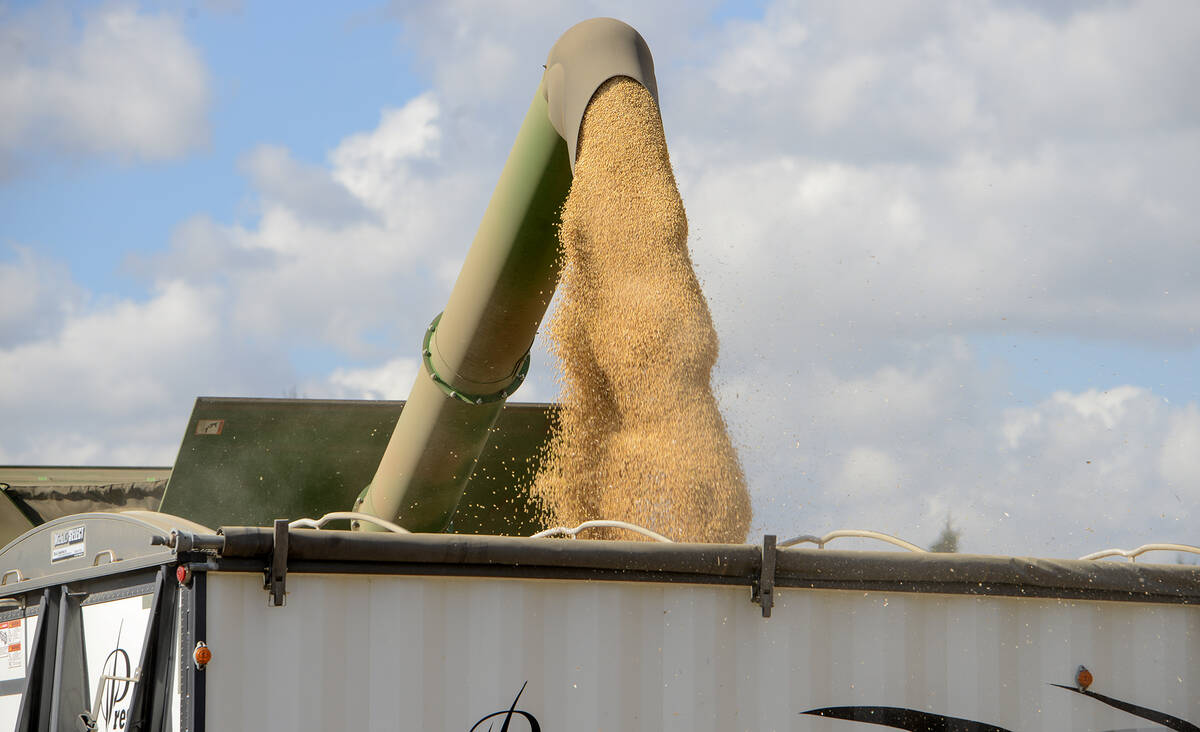On the Prairies, distance between two places can be measured in many ways, and the official unit of kilometres is among the rarest. Grid roads were established every mile well before the introduction of the metric system, while time as a distance measurement is even more common.
“It’s about 20 minutes away. Turn left, drive three miles until the correction road and then it’s a straight shot west for about a quarter-hour. You should see a red barn on the right but if you cross the creek, you’ve gone too far.”
Saying something is 20 minutes away is highly relative. In a city at rush hour that may be a few blocks, but driving 20 minutes in the country could get you three towns over.
Read Also

Grain markets hungry for U.S. data
The U.S. government shutdown meant that futures markets were left without robust grain supply information
The distances between things are important to watch in the agricultural markets as well.
Inter-month futures spreads
The difference between a front-month contract and a more deferred delivery contract provides an indication of demand, while also hinting at the potential for market movements.
The November/January canola spread widened sharply in mid-October, falling from a carrying charge of only $4 per tonne on Oct. 16 to $13 only two days later. As November approaches and traders roll their positions out of the front month, a widening spread can be seen as a sign of volatility, as some participants scramble to exit the nearby contract.
The November futures could see wide swings, with attention turning to the more stable January contract.
Basis
The difference between the cash market and the futures market is represented by basis levels. When the futures are much higher than the cash market and basis levels grow wider than normal, it’s an indication that end-user demand is soft.
Meanwhile, tightening basis levels or an inverse (when cash bids rise above the futures) are a sign of strong demand. Nearby canola basis levels have tightened somewhat at most locations across the Prairies over the past month and are sitting well above levels seen at the same time a year ago.
While the futures have trended lower during that same time, the better basis levels — especially from domestic crushers — imply there’s still good demand underneath the market.
Crush margins
Canola crush margins represent the profitability of processing seed into oil and meal, and those levels remain relatively wide. The nearby Canola Board Crush Margin calculated by ICE Futures was sitting at $238 per tonne above the futures as of Oct. 19, up by about $40 over the week, but in line with the month-ago level and still about $30 below where margins were at the same point a year ago.
Crush margins have consistently traded above $200 per tonne over the past year, well above more traditional levels in the $100 per tonne area. The wide margins should keep processors showing good demand, with plenty of room for the futures to move higher while retaining their profitability.
However, buyers also do their own in-house calculations, so keep in mind that 20 minutes on one road may not get you as far as 20 minutes on another.
















